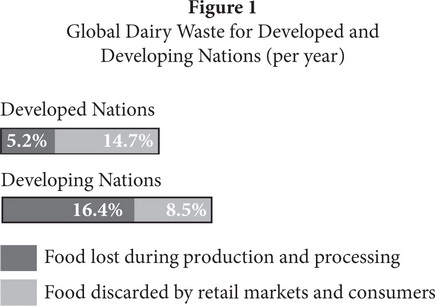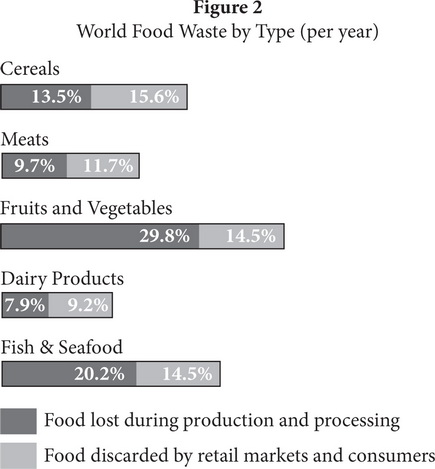PSAT Reading Practice Test 3
Questions 1-9 refer to the following information.
This passage is adapted from "A Third of All Food Never Gets Eaten. How Can We Fix This?" by Elizabeth Royte, NG Image Collection. Published 2016.
With governments fretting over how to feed more
than nine billion people by 2050, a dominant narrative
calls for increasing global food production by 70 to 100
percent. But agriculture already represents one of the
05greatest threats to planetary health. It is responsible
for 70 percent of the planet's freshwater withdrawals,
80 percent of the world's tropical and subtropical
deforestation, and 30 to 35 percent of human-caused
greenhouse gas emissions.
10Meanwhile, nearly 800 million people worldwide
suffer from hunger. But according to the Food and
Agriculture Organization of the United Nations, we
squander enough food—globally, 2.9 trillion pounds a
year—to feed every one of them more than twice over.
15Where's all that food—about a third of the planet's
production—going?
In developing nations much is lost postharvest
for lack of adequate storage facilities, good roads,
and refrigeration. In comparison, developed nations
20waste more food farther down the supply chain, when
retailers order, serve, or display too much and when
consumers ignore leftovers in the back of the fridge or
toss perishables before they've expired.
Wasting food takes an environmental toll as well.
25Producing food that no one eats—whether sausages or
snickerdoodles—also squanders the water, fertilizer,
pesticides, seeds, fuel, and land needed to grow it. The
quantities aren't trivial.
Globally a year's production of uneaten food guzzles
30as much water as the entire annual flow of the Volga,
Europe's most voluminous river.
If food waste were a country, it would be the third
largest producer of greenhouse gases in the world, after
China and the U.S. On a planet of finite resources, with
35the expectation of at least two billion more residents
by 2050, this profligacy, Tristram Stuart argues in his
book Waste: Uncovering the Global Food Scandal, is
obscene.
Every year some 2.9 trillion pounds of food—about
40a third of all that the world produces—never get
consumed. Along the supply chain fruits and vegetables
are lost or wasted at higher rates than other foods.
Easily bruised and vulnerable to temperature swings en
route from farm to table, they're also usually the first to
45get tossed at home.
Others have been making similar arguments for
years, but reducing food waste has become a matter
of international urgency. Some U.S. schools, where
children dump up to 40 percent of their lunches into the
50trash, are setting up sharing tables, letting students serve
themselves portions they know they'll eat, allotting
more time for lunch, and scheduling it after recess—all
proven methods of boosting consumption. Countless
businesses, such as grocery stores, restaurants, and
55cafeterias, have stepped forward to combat waste by
quantifying how much edible food isn't consumed,
optimizing their purchasing, shrinking portion sizes,
and beefing up efforts to move excess to charities. Stuart
himself has made a specialty of investigating conditions
60farther up the supply chain, where supermarket
standards and ordering practices lead to massive,
but mostly hidden, dumps of edible food.
By the end of 2015 the UN and the U.S. had pledged
to halve food waste by 2030. The exact mechanisms of
65this ambitious goal haven't been spelled out. But already
countries and companies are devising and adopting
standardized metrics to quantify waste. If the target is
met, enough food could be saved to feed at least one
billion people.

